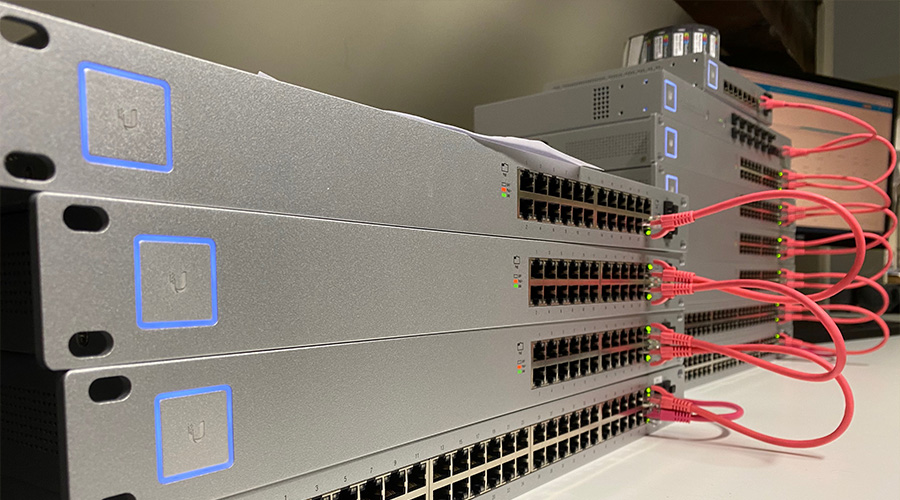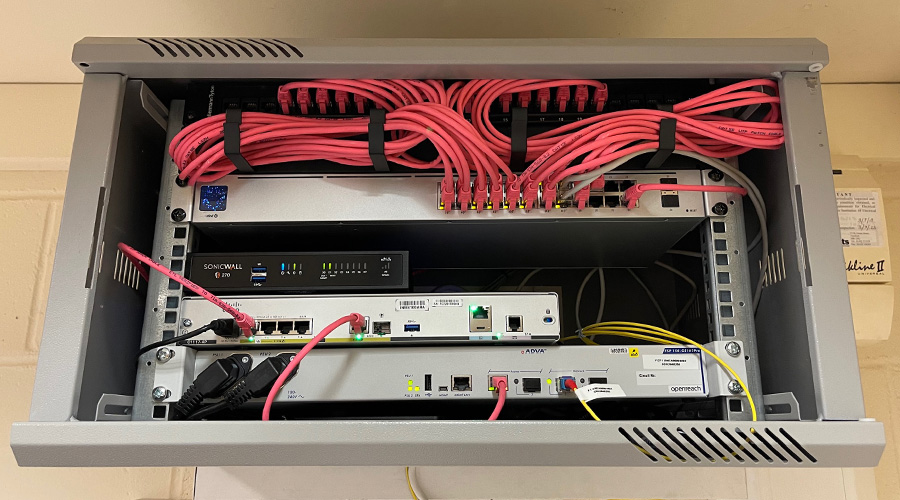Network cabling
Cabling plays an essential role when it comes to building your network. There are many different types of network cabling available and installing the best-suited option for your business not only guarantees better bandwidth, it reduces your network maintenance requirements too.

Network cabling
At DuoCall MSP, we offer a wide range of network cabling services, from ethernet and fibre optic installations, to patching and cable management.
What is network cabling?
Network cables enable computers, routers, switches and storage area networks (SANs) to connect to one another and transfer data. Most network cabling jobs utilise Ethernet, but in some cases where high bandwidth is a key requirement, fibre optic cabling is installed instead.
Ethernet cabling
Not all Ethernet cables are the same. Our team of specialists will review your existing infrastructure and unique network requirements to recommend the most suitable network cabling solution for your business. Our Ethernet solutions include:
Fibre optic cabling
When it comes to bandwidth and transmission speeds, nothing compares to the performance of fibre. Fibre optic cables don’t rely on tightly wound and well-insulated copper cables to deliver data from one source to another, they carry digital information via strands of extremely thin optically pure glass instead. As data is sent and received in the form of light, fibre cables aren’t hampered by interference and crosstalk in the same way that Ethernet cables are. As a result, they can deliver transmission speeds of up to 10 Gbps, making them the perfect cabling solution for long-distance and high-performance data transfer.
Fibre installations are often much more complex than Ethernet deployments, but thankfully, our expert team are excellent at finding solutions to even the toughest fibre deployments. Find out how we helped Lime Wood Hotel in Lyndhurst meet their connectivity requirements with a large-scale fibre deployment.
Our team is experienced in re-organising and replacing cables that are no longer needed or are in bad condition. We’ll make sure your network cabling is organised and performing to maximum efficiency.




